Ziegler has reached an established audience during the last year, his artworks has been featured in solo and group exhibitions around the world. We reached him for a coffee break during one of his exhausting working days, talking about organic evolution, greek mythology, art’s sake and “spazzatura”. (trash)
– Hello Zio, first of all, what are you working on these days?
I’m working on a few upcoming shows – some new murals, a search into sculpture, a pilot episode of a new concept, a short novel, getting through all of Thomas Phynchon’s work and my tolerance of foods other than burritos. Stylistically I’m searching for more depth in my work, more volume and subtlety in color and a way to incorporate the work in create on canvases into larger scale murals. All of this is of course paralleled and driven by much of what I’m reading, studying and admiring.
– I’ve recently seen your impressive 160ft mural at the NRG Energy plant in SF, and it’s absolutely awesome. Could you tell us something about it, I mean, how did you prepare for such a work?
First and foremost, thanks!
I actually don’t prepare for murals, rather try to clear the mental state and come at the wall from a sort of emptiness. The wall begins with gesture and form, and evolves into figure and allegory which in turn provokes a concept, which is often ruptured by “error” or time, then the work seems to satiate a deeper quest for understanding in something I’m wrestling with, and eventually I begin to understand the framework of my own vision just as I’m finishing, or on occasion, long after. As the piece takes shape in the first few hours, concepts will flit in and out of my mind, but I have to leave space for the opportunity of the work’s organic evolution; a hand could slip or I may run out of space, and one thing must turn into another. There’s this perfect moment when your painting, and there is a movement that comes from necessity, from a visceral understanding that this is what the piece needs, and the gesture becomes performative, and your idea of self is eclipsed by a sort of Duende. And so the works are a summation of context and Improvisation. The realization which I came to about this work about mid way through is that it’s a piece which searches to show the allegory of human potential. It’s through the veneer of energy yes, but it’s more about what man kind does, when given an opportunity for progress and evolution- our relationship with micro singularities of sorts, the double edged sword of efficiency. I have been fascinated by painting my own allegories partially because I grew up on Greek mythology, and also because I think there is a deficit of secular yet universal allegory today. We look as the concepts such as “human potential” through the prism of religion, or reality TV, or media, and don’t have the chance to view art objectively from our own context, my goal is to refine the spectrum of the human experience into narratives as athletically linear as the cave paintings and pre Colombian drawings. We crave opportunities to find ourselves in protagonists yet it’s so unfortunate that much of the western world does so through commercial detritus, we need the complexity of questions without answers, work without explanation, prompts left hanging in the air, where the objectivity of your reality meets the subjectivity of art. In this way I think art can be a guiding light in introducing a taste of the infinite back into our daily lives, and with the infinite as an incalculable data point, the only relativity that makes sense is our idea of self, not the projected realities around us. Art as catalyst, rather than as destination, for we can all look at Greek vase as tell a different story as a projection of our context, yet this ability has begun to disintegrate as our society has integrated and placed values on everything. Just as quantum laws function by their own principals, as should public art, for there is a natural entropy in homogenized meaning over time anyway. So these where the kind of thoughts I was painting from when thinking about human potential . The integration of machine into daily life, beginning with the lever and ending with the singularity, I believe that once we stray to far from the gold standard, and the lever is so big it can move the moon we have lost the joys in pushing the rock up the hill. So maybe my piece was an homage to simplicity and an existential imperative after all. But the true meaning , lays with the viewer- it’s simply my role to provide enough clues to get your synapses firing .
– Your artworks are easily recognizable, you have achieved a unique style. And I think it’s great, I mean, a lot of artists spend their entire lives trying its own style. Do you think it’s positive to have a clear signature or sometimes do you feel bound in a way by your style?
My canvases and my walls are quite different for the longest time I tried to keep them that way. I’m always searching for a new style, for a new way of rendering and exploring the figure and messaging, yet it’s not something I can plan on when I happens I just stumble into it the same way I stumbled into this style. I don’t think of art as something that can trap you, rather as the infinite previously discussed. There are no rules , yet the art that satisfies me is aware of academic tradition, learned in technique her brave enough to cast all away and see what sticks in the moment of need. I think we all have a native hand, a native mark that is hard to elude if you begin to play with it, it can become more reductive, or expansive but at the end of the day it’s your prism through which you view things. If that prism begins to confine you, switch your tools, warp the glass, impose restrictions, and then it will be your native hand which you fight to return to and your struggles which define your new mark. But within that new mark is the challenge of bringing your tradition and negation of tradition with you. And so yes- this is something I struggle with constantly, push away from, abandon, and eventually return to in an evolved way- hopefully. I always thought I was just a terrible figure drawer, that my lines had a quality to them which was too expressive, and this struggle for normalcy is my initial figure drawing classes is what created the equal and opposite liberation of my current style. I just tried to trust my hand, and draw from an internal structure rather than what was visible, to use boldness as a mask for what I viewed as incompetence and what I later found out is called style. So If I’ve learned anything it’s that these styles come when you need them the most, Especially in the sanctity of the studio , it could be an urge or a slipped hand , but as soon as that “mistake” happens it becomes an opportunity, and it’s your responsibility as an artist to seize that window and explore it. Alexander the Great, mythridates and others where said to be masters of “kairos”- the Greek word for the intuition of the moment- I believe it’s the role of an artist to master this as well as brush and can.
– I easily found a primitive sign in your characters, a cubist reflection in the african masks you have often painted. Could you talk about other symbols you think have influenced your work?
I’m attracted to “primitive” art because it seems honest and comes from necessity rather than excess. It has purpose, ideology and idolatry in it which makes it fascinating. I’m compelled by art that comes from beyond cultural norms, from need. And often that’s the art we remember in history because it doesn’t contain the compromise that art created from economic or societal motives does. If you blend in and bend over backwards to assimilate it may appear easier in the short term but has less traction throughout history. Just an idea . I also grew up super influenced by aboriginal art, pre Columbian artifacts and Egyptian and Aegean works as well. The symbols and patterns I use have a vast heritage, I’m sure , but that’s not why I use them- I incorporate them out of necessity, out of invention, and for the compositions sake often. It’s from the subconscious. Sometimes they’ll pay homage and that be revealed within the title , but often , I think I just have a tendency to be interested in these sort of tabula rasa-esk motifs because they don’t contain a time stamp. If my goal is to create and reference allegory and aspects of the human condition, I would hope that these pieces transcend the contemporary symbology and are capable of speaking a global language .
– Your attention to details is monstrous. Thousands of circles and lines that make gigantic figures. The result is super, and I’m curious about the technical.
Do you think that your productive effort is part of the artwork itself? I mean, it’s just an aesthetic choice or do you think it is necessary to convey your message?
I like using so many patterns and gestures within a given figure because it gives a fluid competent to the surface. It’s symbolically globalized, pan cultural, and also incredibly satisfying for a guy that has ADD. They’re everyone at once, all cultures in one, the product of the Internet, and the primitive negation of that force. I think the labor in the ornamentation is an aesthetic hook for some, enough to capture the viewer in order to deliver the entirety of the piece . It’s a bait and switch of sorts, a device of sorts in order to deliver multiple messages at once . I also like the textual elements and depth which patten can offer. I don’t think it’s necessary, as a matter of fact I’m moving away from pattern and interested in a few new elements which you’ll hopefully be seeing soon.
– In your statement you openly declare not to be interested in a unique meaning of your artworks. But when you look at your own records, can you see a common thread?
When I look at my own works I’m pretty critical, they’ve got a way of calling out all their flaws rather than their positive attributes, which makes me push it further on another wall. It’s a good motivation, and I always leave wishing I had pushed it further. On my canvases often I feel like I’ve pushed too far too fast. The common thread in the work is a focus on process, on inverting understanding and creation, on allegory and on movement and the human condition.
– The most obvious difference between your indoor artworks and your outdoor production is the use of colors. It’s just a technical/economic issue or is it a different reason?
My work varies from inside to outside, because the surfaces and materials evoke different behaviors and inspirations. Often I find myself experimenting much more in the studio, and then scaling techniques I have developed on canvas onto the wall. It is important to my practice to have multiple styles and approaches because there is such an electric range of channels for emotions and impulses. Eventually I hope to synchronize all into something that could be cohesive momentarily, but then I think I would begin to search for new forms of expression again. Have the joy in making art is having no idea how to manifest these things which are so unquantifiable, and then stumbling into a style or tradition of mark making out of necessity and instinct.
– Your production in recent years has been truly remarkable, I do not think everyone understands how challenging would be to devote himself entirely to painting. How do you spend your days? There have been days off in recent times?
I’m not so good at taking time off- If I do its for travel to said location or for cycling, or because I have to take care of the tedious administrative aspects of art. My days are often spent waking up quite early, heading out for a few hour bike ride, then breakfast, then to the studio, working all day, a dinner break and then staying in the studio until I can keep my eyes open, and then repeat. If I am traveling, which is frequent, I try and get as many murals in per trip as possible so that a rhythm and dialogue between the works can immerge. I have the terrible tendency of drawing during every waking moment, dinners, car rides, flights, dates etc, There is a natural progression that takes place with art if it is just as sync with life as other organic functions. As you evolve, the word shadows that development, and I guess its just the best extension of my mind and so its hard to pull myself away from paper or surface.
– Media attention to your work has been remarkable. Have you ever felt too much pressure, you know, an excessive expectation to meet?
I think that the pressure can be self-generated, especially to push past criticisms around new styles and into unfamiliar territory. If anything media is too instant, not giving an artist enough time to develop a broad foundation. The world is so saturated with imagery, I understand why a distinct style is important, but the creatives that I admire are those that change out of necessary rather than bowing to the iterative consistency that galleries and the economics behind the art world depend on. True growth happens when there is nothing resting on you growing, when there is no dependency of what it must take shape as in its final state. Process orientated statements or not as simple as soundbites, and as the world continues to move faster and faster long form content disappears, but I think it’s the artists that are working towards long form growth which will truly be remembered and make an impact for time immemorial. I think media attention can bring about an economic seductively to ignoring the long term and thinking of the things that work here and now , which is unfortunate, so in turn I think its important to compartmentalize feedback and attention from media, and the work itself. To just view art for arts sake, its objective state without any baggage or opinion makes it something I can deal with, but the second you turn your vacuum into a stage, some of the magic can fade.
– Nowadays there’s a giant hype around the street art scene, it seems is possible to insert the graffiti element also in detergents tv ads. Bothers you or do you think is positive?
I think there is a fine line to cross when it comes to advertising and art, and hype and art and it has to do the intention and motive. It also depends on the value system of the artist. As per myself, I believe that art needs to preserve the thirst for progress and integrity in its original state, and so this value system if leveraged through different commercial or media outlets can inspire more of the world in order to follow their passions or creative outlooks as well. I also believe that quality rises over time as well, so despite the hype and politics and commercialism, art which contains a spezzatura or a channel to the human condition will stand as trends change. I believe that this is why the outsiders often become the insiders, because things that are made without the consideration of sumptuary laws or social norms have a timeless quality that allow people to continuously gravitate to them throughout time. There is the timeless question of whether one can be “successful” and preserve ones value system, or in this case the thirst for substance in expression, and I think the more one believes that they deserve what they have- the humility that is necessary to exist with that double blind can fade, and in turn the hype and the individual become one, and the trends change or the art stops moving forward and it all ends. So rather than giving credence to any system or belief outside the art, I believe in peacefully coexisting while searching for progress.
– These days in the office turns a trick, tell me what will you do, or what would you like to do, in 5 months, 5 years, 10 years..
Next up I have a show at Jules Maeght gallery in San Francisco, some travels for shows and murals,, and some time in the studio to search for the next way I’ll manifest my thoughts and emotions.

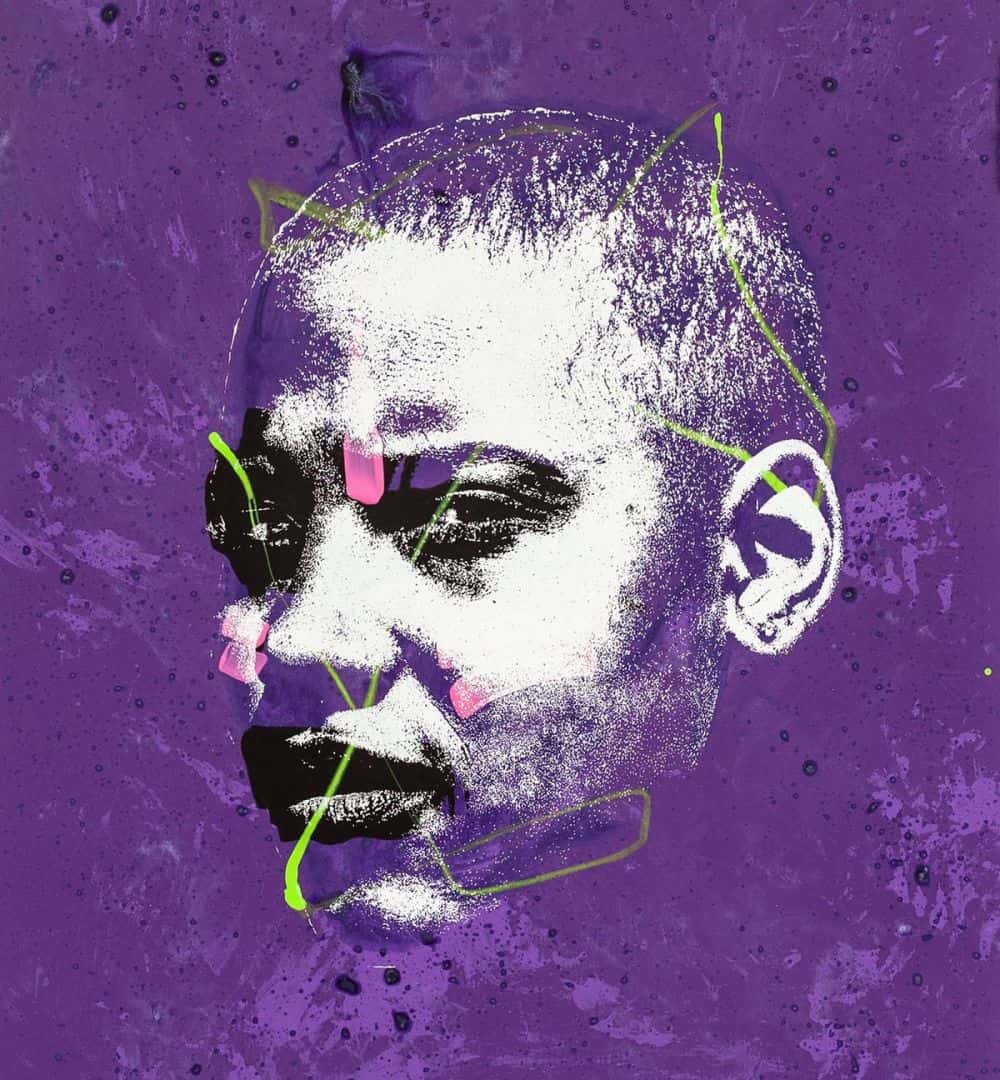
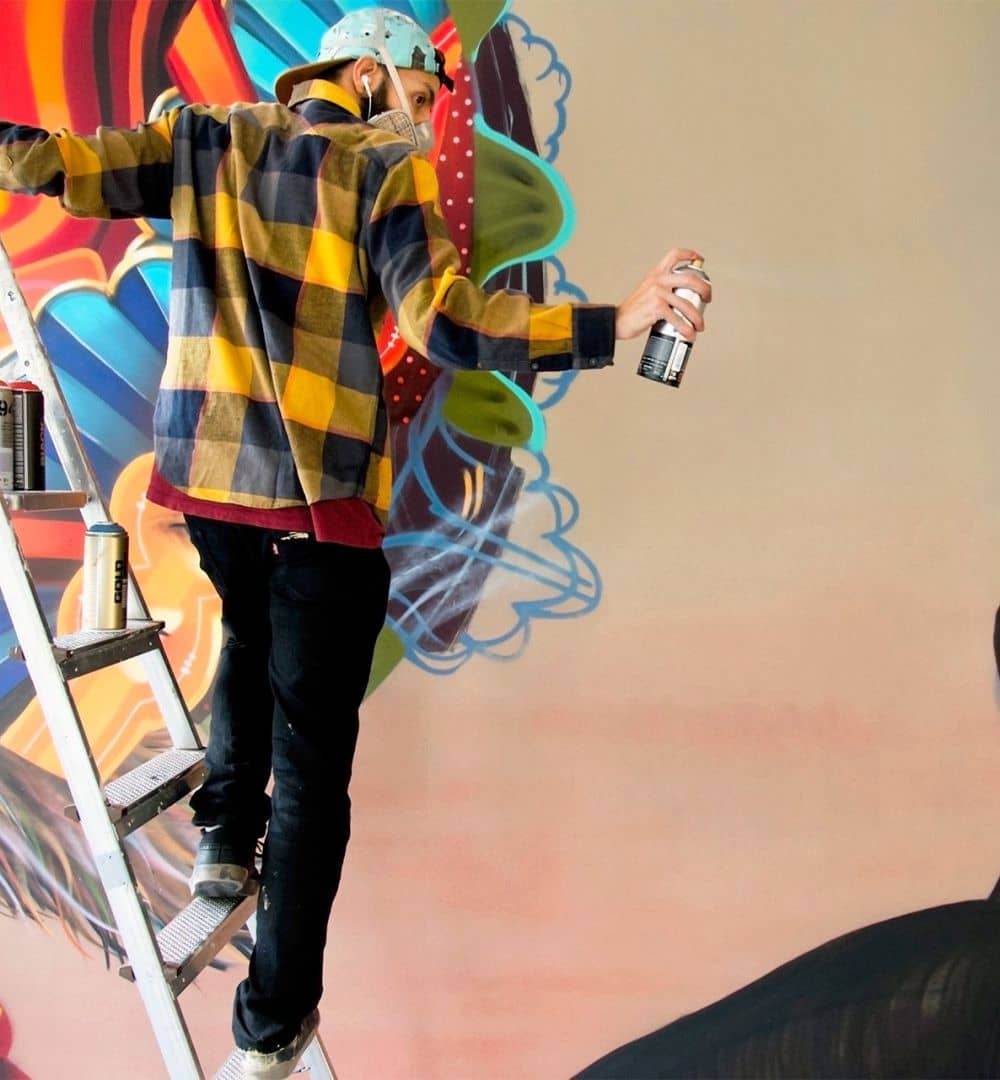
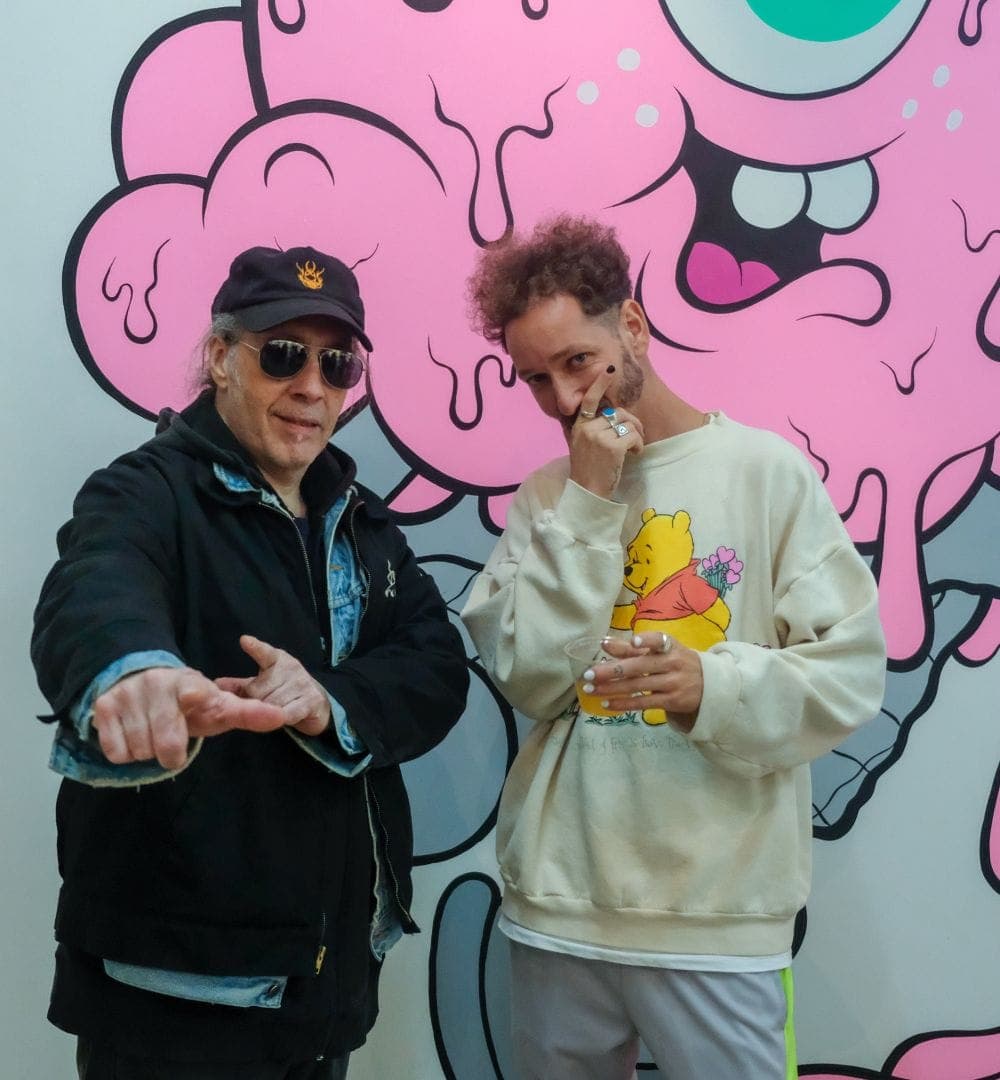
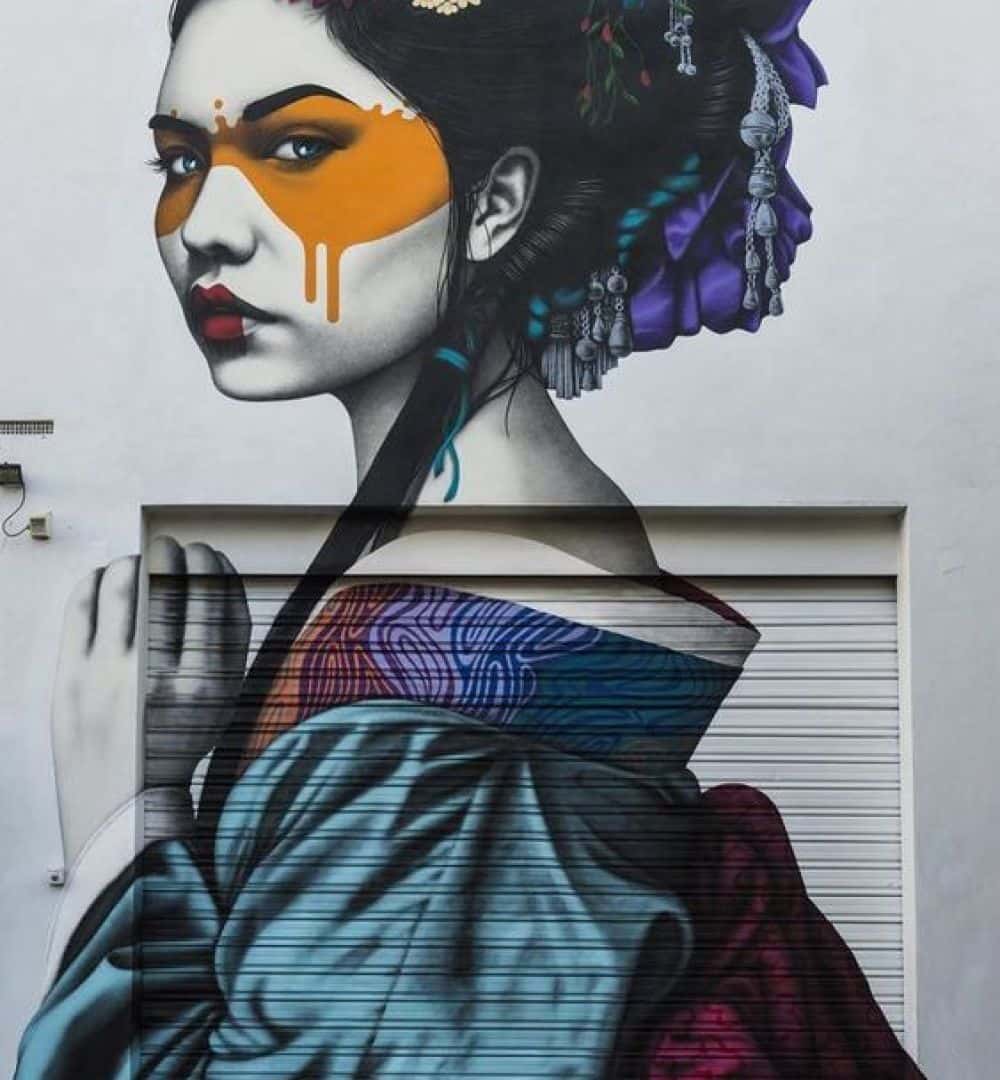

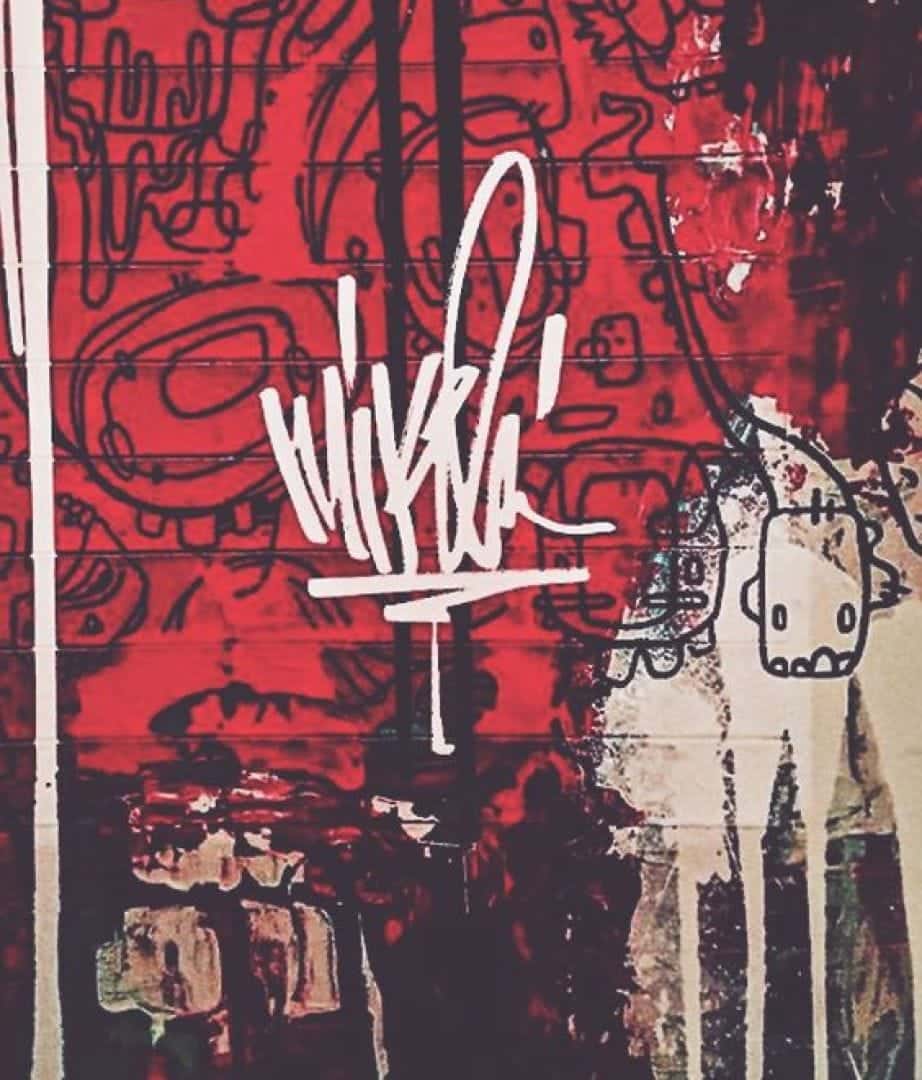
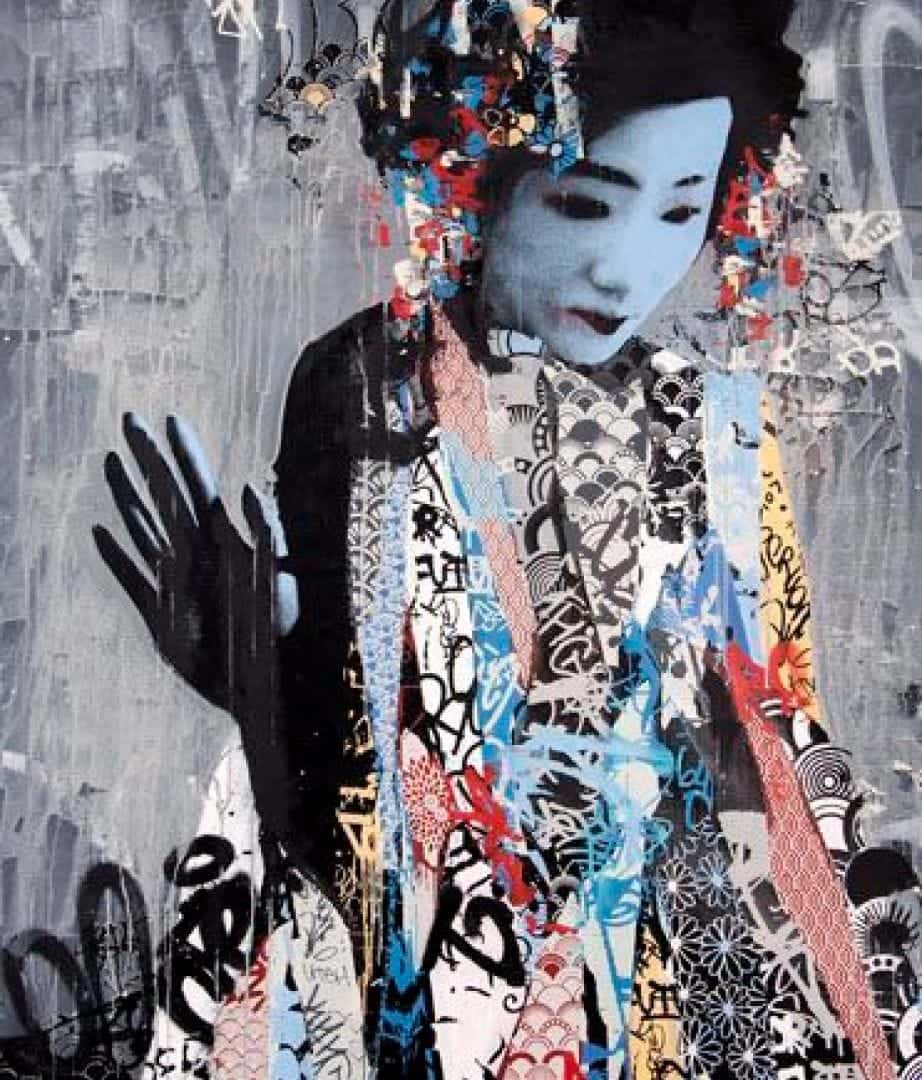
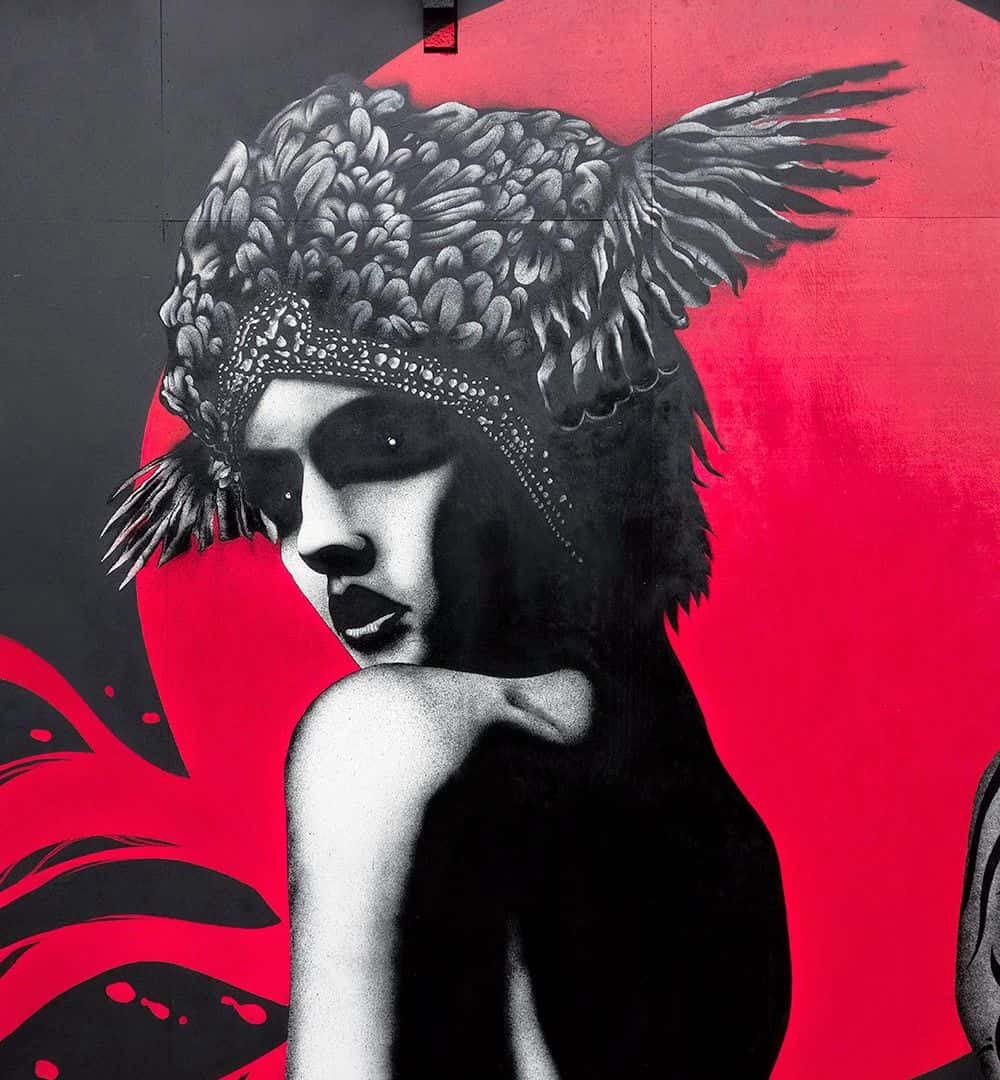
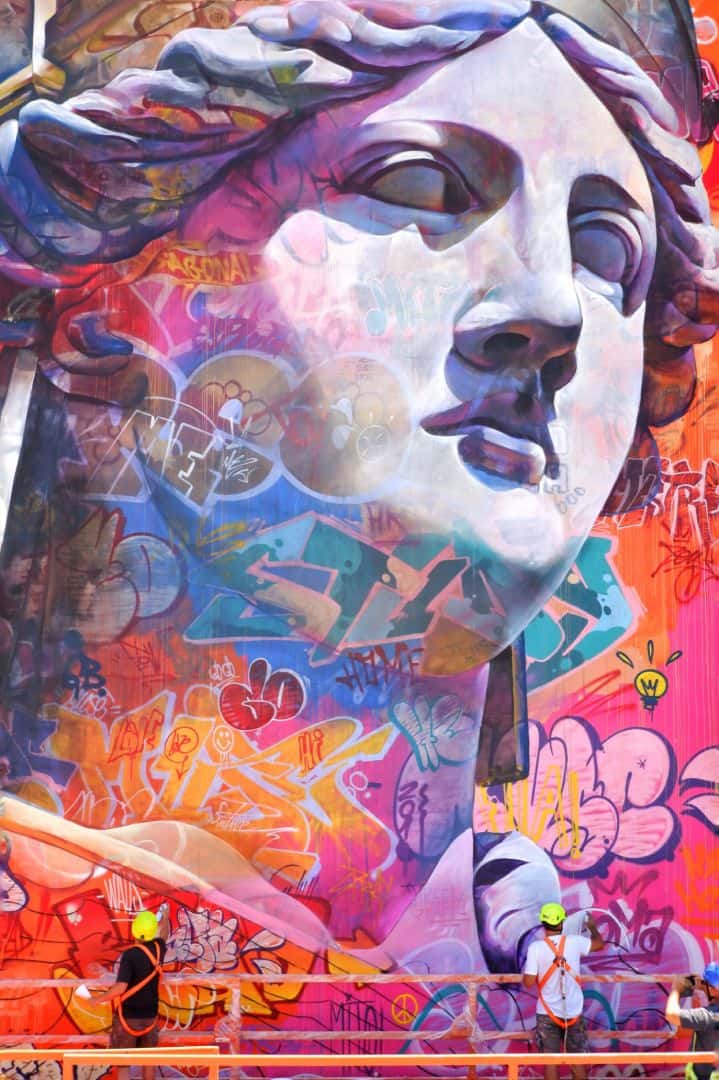


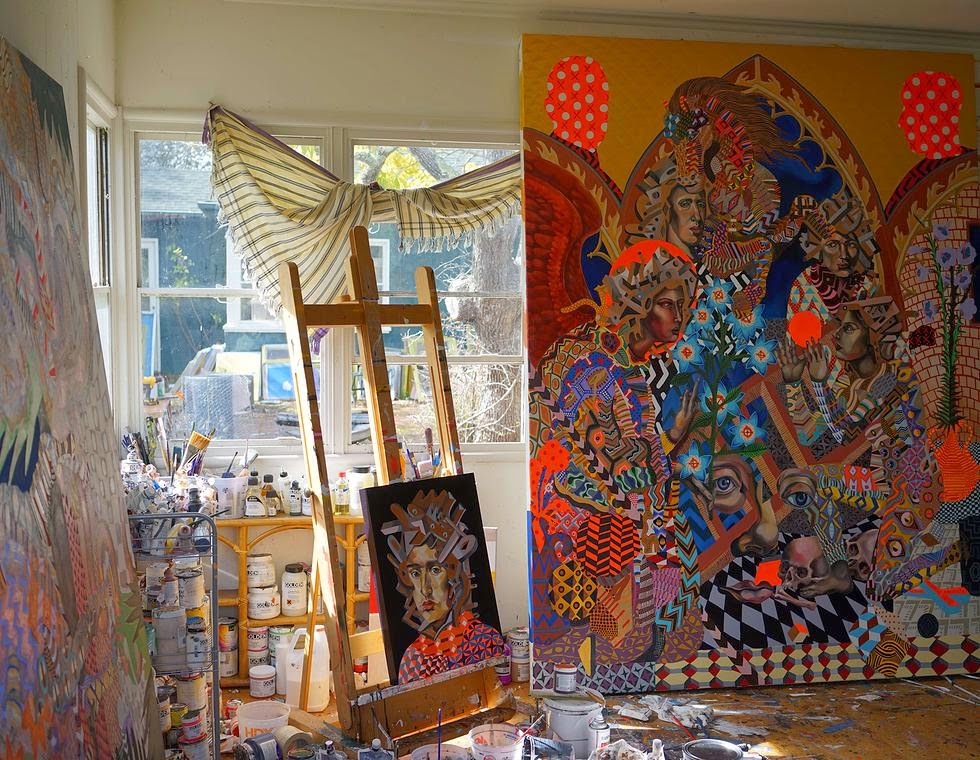

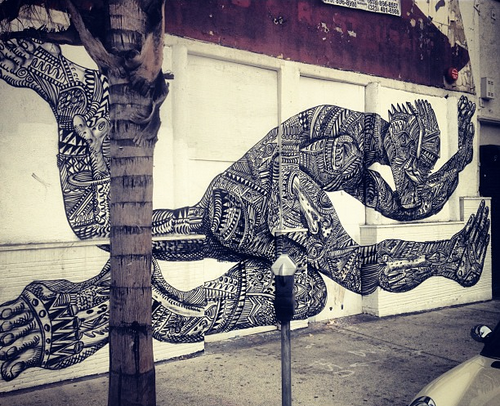


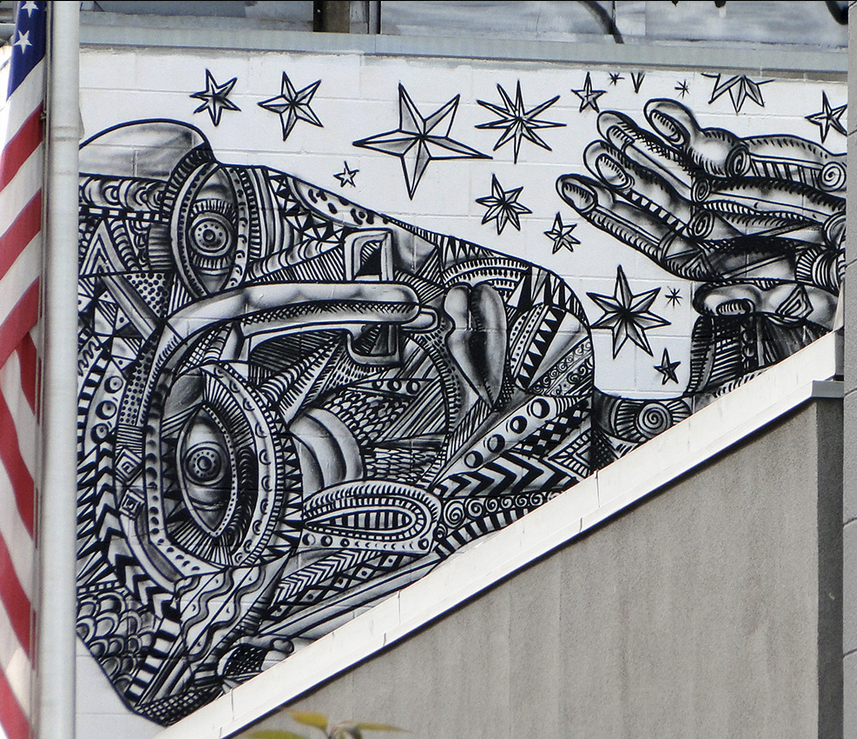





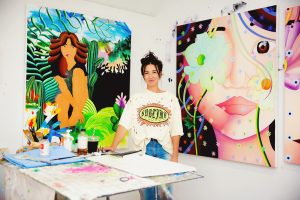
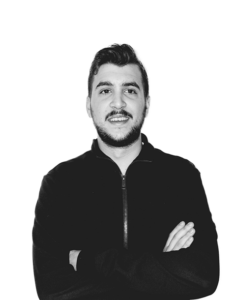
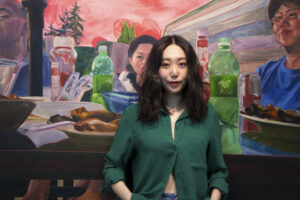
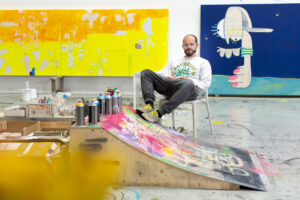
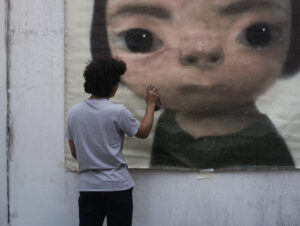
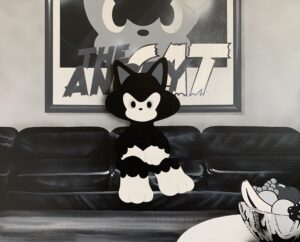
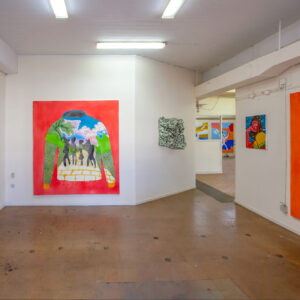
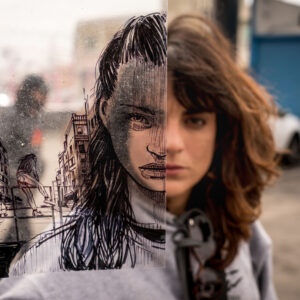
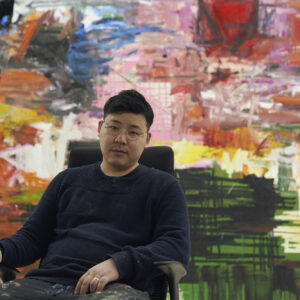

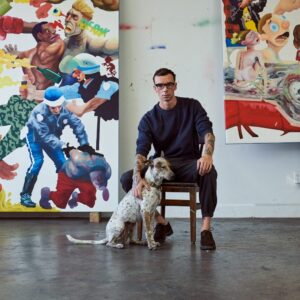
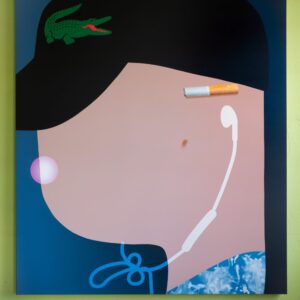
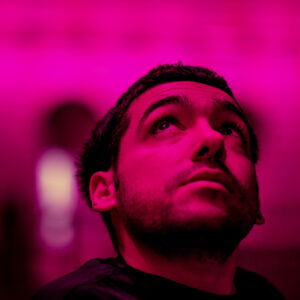
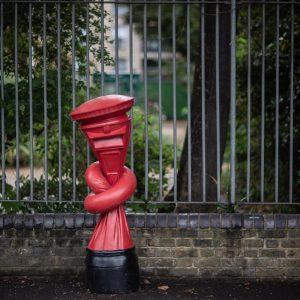
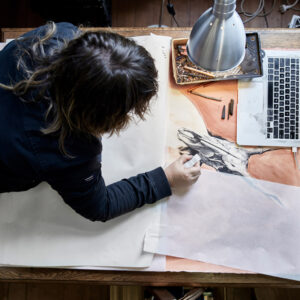
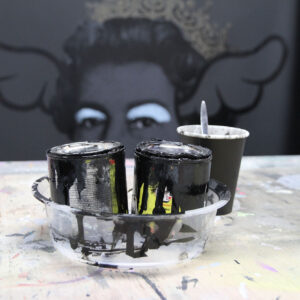
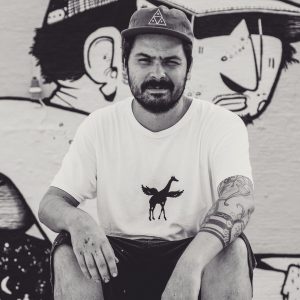
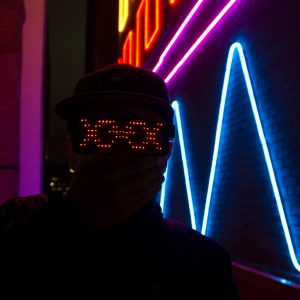
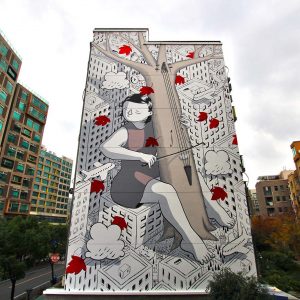
comment